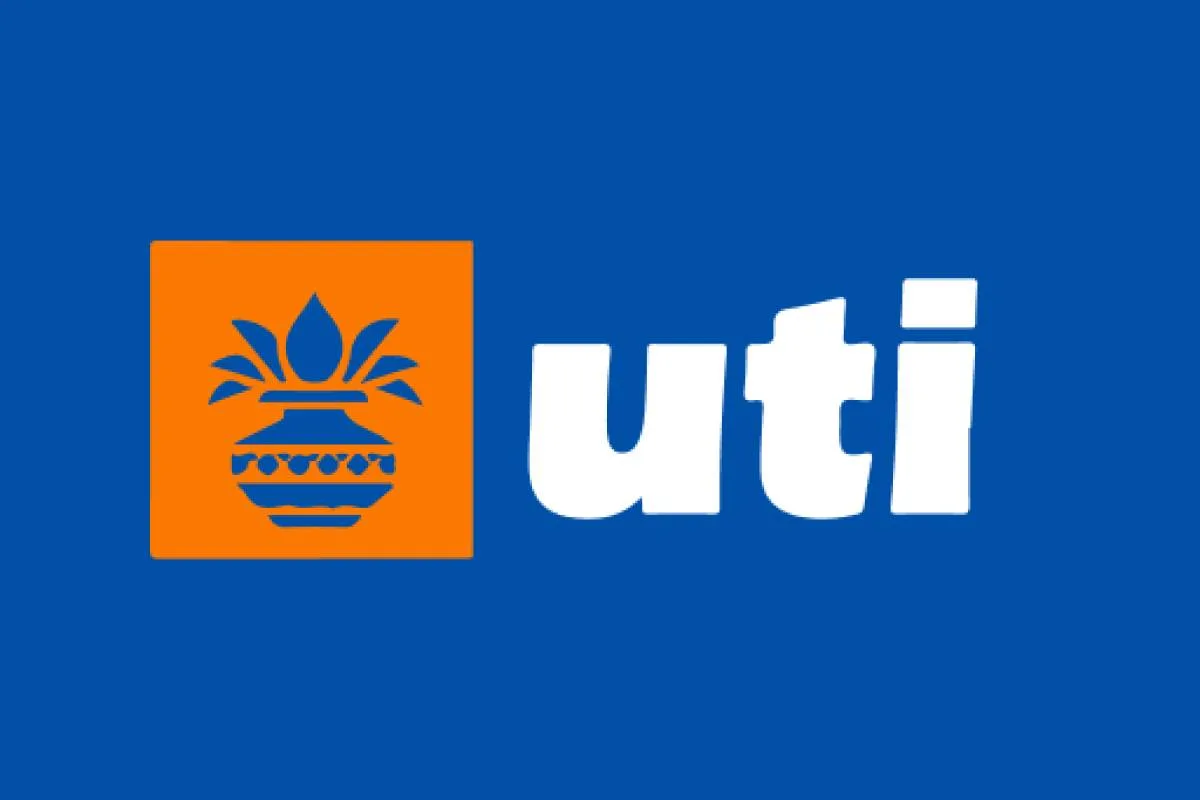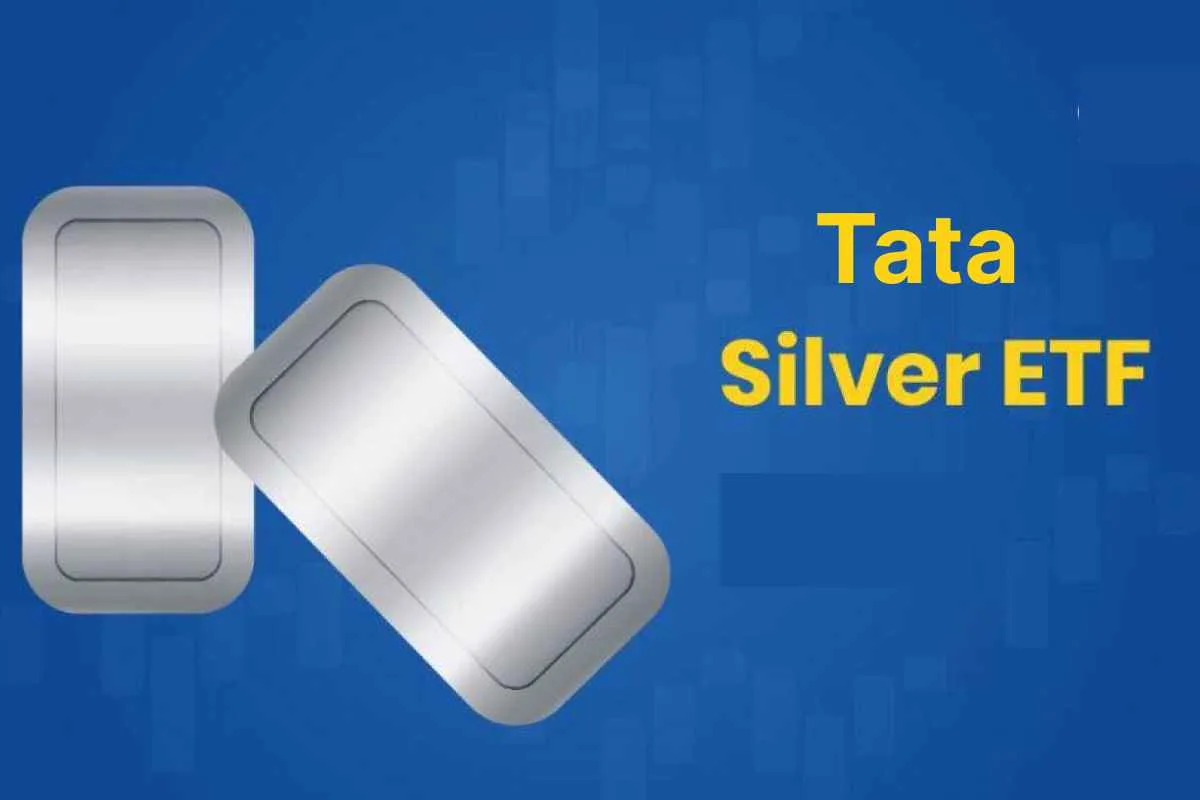The HDFC NIFTY 200 Momentum 30 ETF is an open-ended exchange-traded fund HDFC Nifty 200 ETF that aims to replicate the performance of the NIFTY200 Momentum 30 Index. This index comprises the top 30 companies from the NIFTY200 universe, selected based on their momentum scores.
- Abhishek Mor (since February 15, 2023)
- Arun Agarwal (since October 11, 2022)
Key Details:
- Inception Date: October 11, 2022.
- Expense Ratio: 0.30% (as of January 31, 2024).
- Benchmark Index: NIFTY200 Momentum 30 Index (TRI).
- Exit Load: Not applicable.
- Minimum Application Amount: For large investors, a minimum of ₹25 crores is required, effective from May 1, 2023.
HDFC NIFTY 200 ETF Share Price
As of January 7, 2025, the HDFC NIFTY 200 ETF (ticker: HDFCMOMENT) is trading at ₹33.67 per unit.
Key Details:
- Day’s Range: ₹33.45 – ₹33.98
- 52-Week Range: ₹27.00 – ₹39.50
- Volume: 211,202 units
This ETF aims to replicate the performance of the NIFTY200 Momentum 30 Index, comprising the top 30 companies from the NIFTY200 universe based on momentum scores.
HDFC NIFTY 200 ETF Top Holdings
The HDFC NIFTY200 Momentum 30 ETF is an open-ended exchange-traded fund that aims to replicate the performance of the NIFTY200 Momentum 30 Index. This index comprises the top 30 companies from the NIFTY200 universe, selected based on their momentum scores.
Top Holdings:
- Power Finance Corporation Ltd.
- Larsen and Toubro Ltd.
- Lupin Ltd.
- Bharat Electronics Ltd.
- Hero MotoCorp Ltd.
- Aurobindo Pharma Ltd.
- Bharat Heavy Electricals Ltd.
- REC Ltd.
- Hindustan Aeronautics Ltd.
- DLF Ltd.
These companies represent a diverse range of sectors, including finance, engineering, pharmaceuticals, defense, and real estate.
For a comprehensive list of all 30 holdings and their respective weightages, you can refer to the fund’s official factsheet.
HDFC NIFTY 200 ETF Review
The HDFC Nifty 200 ETF is a passive equity exchange-traded fund that tracks the Nifty 200 Index, which represents the top 200 companies in India based on market capitalization. It offers broad market exposure, allowing investors to access a wide array of large-cap stocks across various sectors. Here’s a review highlighting its key aspects:
Pros of HDFC NIFTY 200 ETF:
(1) Low Expense Ratio:
- With an expense ratio of about 0.05%, the HDFC Nifty 200 ETF is cost-efficient, which is a major advantage compared to actively managed funds. This translates to more of your investment being directed towards growth rather than being eaten up by management fees.
(2) Diversified Exposure:
- By investing in the top 200 companies in India, the ETF offers a well-diversified portfolio, reducing the risk associated with individual stocks. This broad diversification helps mitigate sector-specific risks.
(3) Passive Management:
- The fund aims to replicate the performance of the Nifty 200 Index. As a passively managed fund, it doesn’t attempt to beat the market but rather mirrors its performance, making it ideal for long-term investors who want to track the market’s growth over time.
(4) Liquidity:
- Being an ETF, it is traded on the NSE, which makes it relatively easy to buy or sell throughout market hours, providing liquidity and flexibility for investors.
(5) Suitable for Long-Term Growth:
- The fund provides exposure to large-cap stocks, which historically offer relatively stable growth. It’s ideal for investors seeking long-term wealth accumulation.
Cons of HDFC NIFTY 200 ETF:
(1) Market Risk:
- Since the ETF tracks the Nifty 200 Index, it is subject to market risks and will perform in line with the overall performance of the market. During market downturns, the ETF can also experience significant declines, especially in volatile periods.
(2) No Active Management:
- Unlike actively managed funds, this ETF doesn’t have the flexibility to change its portfolio in response to market conditions. It simply tracks the index, which could be a disadvantage if certain sectors underperform.
(3) Limited Upside Potential:
- As a passive fund, the HDFC Nifty 200 ETF doesn’t attempt to outperform the market. While it offers steady returns over the long term, it may not provide exceptional gains compared to actively managed funds or sector-focused funds that target higher growth areas.
(4) Tracking Error:
- Although rare, there might be slight tracking errors, where the ETF’s returns may deviate slightly from the index. This is generally minimal in highly liquid ETFs like the HDFC Nifty 200 ETF, but it’s something to keep in mind.

Who Should Invest in HDFC NIFTY 200 ETF?
- Long-term Investors: Those looking for broad market exposure and seeking to build wealth over time.
- Passive Investors: If you prefer a hands-off investment strategy without the need to pick individual stocks or make frequent adjustments to your portfolio.
- Low-Cost Investors: If you want a low-expense option that offers market-like returns.
- Diversification Seekers: Those who want to reduce risk by investing in a broad basket of top companies across various sectors.
Conclusion:
The HDFC Nifty 200 ETF is an excellent option for investors seeking low-cost, diversified exposure to India’s top companies. It’s ideal for long-term wealth creation and for those who want to track the market’s performance without the need for active management. However, investors should be aware of the market risks and should be prepared for fluctuations in line with the broader market.
Before investing, it’s always a good idea to review the latest performance data and consult with a financial advisor to ensure the fund aligns with your investment goals.
HDFC Nifty 200 ETF Growth Return
To provide the growth returns for the HDFC Nifty 200 ETF, here’s a general table that reflects the type of growth such funds typically experience based on the performance of the Nifty 200 Index.
The growth figures are indicative and based on general returns over the long term. These will vary based on the ETF’s specific performance in any given year, but here’s how the growth trend might look in table form.
HDFC Nifty 200 ETF – Estimated Growth Returns:
| Time Period | Annualized Return | Cumulative Return |
| 1 Year | 12-15% | 12-15% |
| 3 Years | 10-14% | 35-45% |
| 5 Years | 10-14% | 65-80% |
| 10 Years | 12-15% | 150-200% |
Assumptions:
- Annualized Returns: The annualized returns reflect the average returns each year over the time period.
- Cumulative Returns: This is the overall growth over the specific period (e.g., 3 years, 5 years, etc.) considering compounding.
- Nifty 200 Index Growth: The ETF performance is tied to the Nifty 200 Index, which has historically provided 12-15% annualized returns on average, depending on market conditions.
Example Growth Calculation (Hypothetical):
Let’s say you invest ₹100,000 in the HDFC Nifty 200 ETF:
- 1 Year (12% return): ₹100,000 × (1 + 0.12) = ₹112,000
- 5 Years (12% annual return compounded): ₹100,000 × (1 + 0.12)^5 ≈ ₹176,234
- 10 Years (12% annual return compounded): ₹100,000 × (1 + 0.12)^10 ≈ ₹311,800
Performance Notes:
- The returns of the ETF closely track the Nifty 200 Index. Therefore, if the market performs well, the ETF will also see higher returns. Conversely, if the market underperforms, so will the ETF.
- Past performance is not indicative of future results. These numbers are hypothetical and based on long-term average market returns.
SoFi Social 50 ETF (SFYF): Returns, Growth, and Volatility Explained
Invesco India Nifty ETF: All Guidance For Investors
Schwab U.S. Large-Cap ETF: Everything You Need To Know
Disclaimer: The content on this website is intended for informational purposes only and should not be interpreted as financial or investment advice. Engaging in stock market activities involves inherent risks, and outcomes can be unpredictable. While we strive to provide accurate and up-to-date information, we do not make any guarantees regarding the completeness or reliability of the content. Any investment decisions you make should be based on your own research and consultation with a qualified financial professional. We are not responsible for any financial gains or losses resulting from actions taken based on the information provided here. Always invest wisely and at your own risk.



